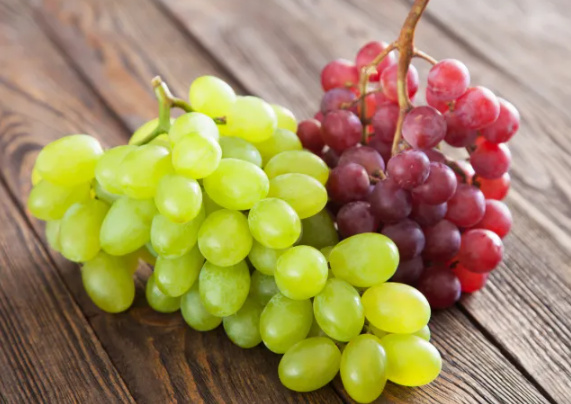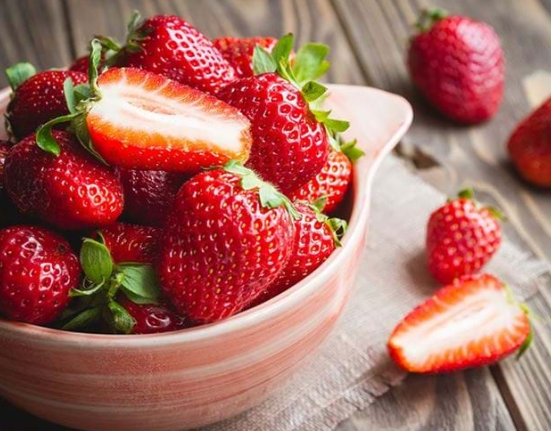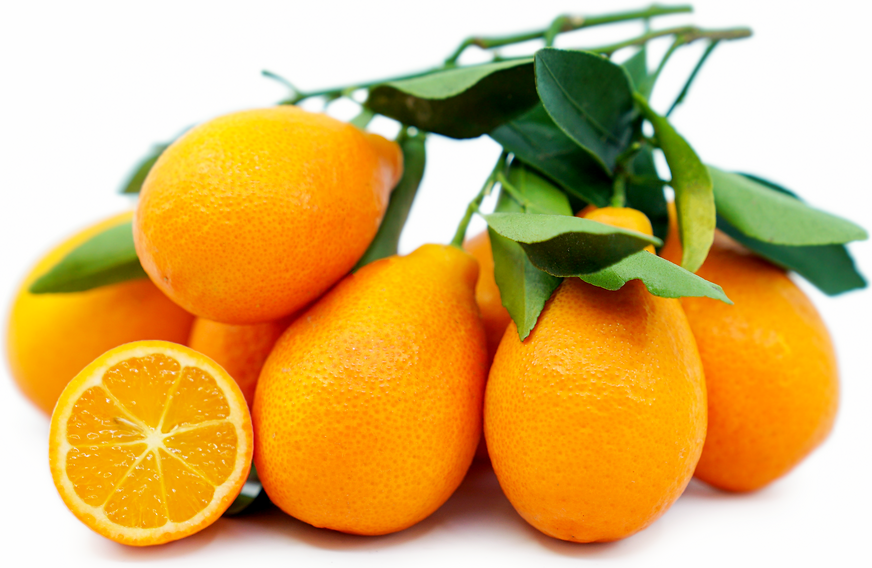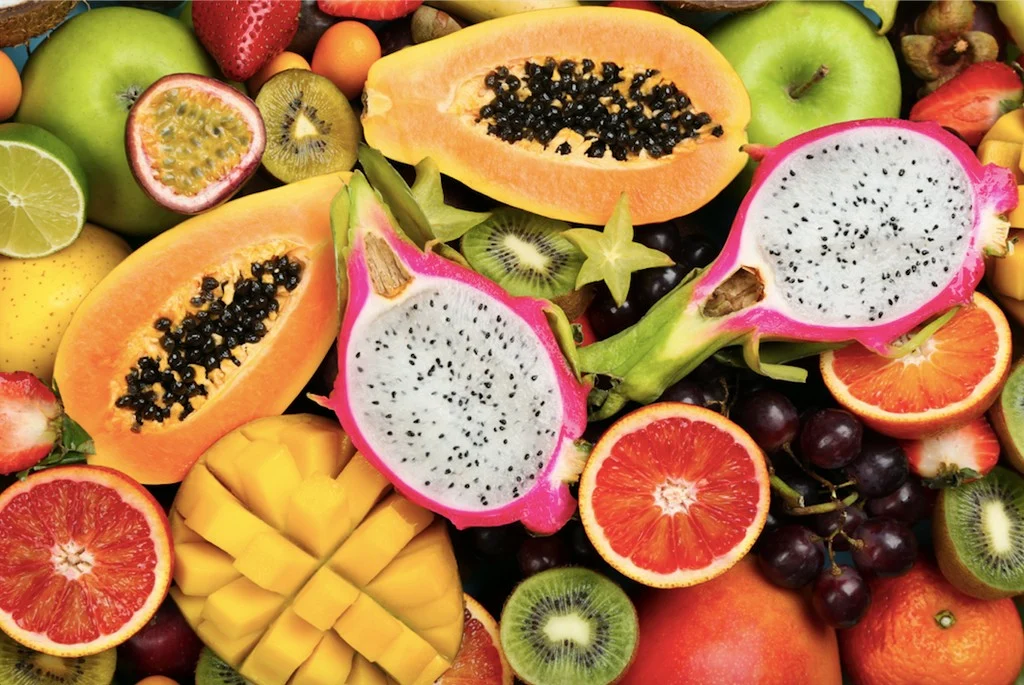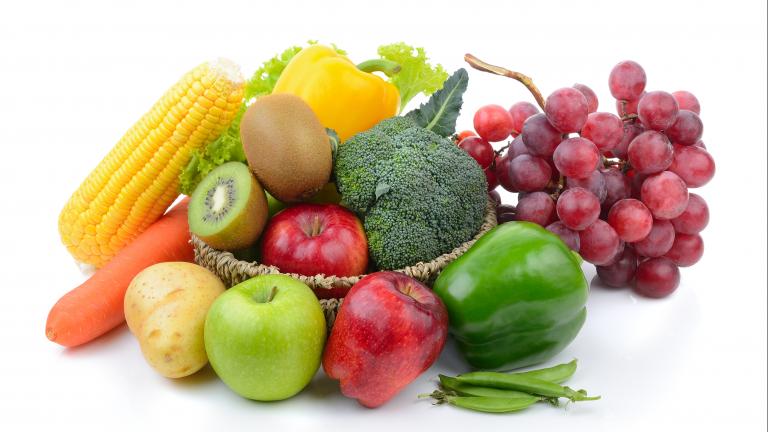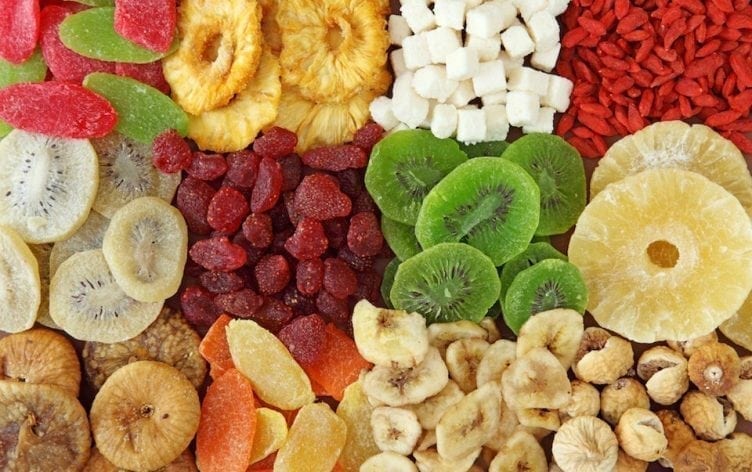Wheat berries, which are whole wheat grains, offer lots of fiber, protein, and important vitamins. There are two big kinds of wheat berries: hard and soft. Each kind has things in common, but they also have differences that change the way they taste and how you can cook with them. Let’s dive into what sets apart hard wheat berries from soft ones, look at what nutrients they offer, and figure out which recipes they work best in.
In this article, we’re going to go over the main points that make hard and soft wheat berries different. We’ll talk about their nutritional goodness and give you tips on how to cook them in yummy ways.
Table of Contents
- What Exactly are Hard Wheat Berries?
- And What About Soft Wheat Berries?
- Main Differences between Hard and Soft Wheat Berries
- The Outer Layer and Structure of Wheat Berries
- Gluten Content and Quality
- Protein Content
- Flavor and Texture
- Culinary Applications
- Choosing the Right Wheat Berry for Your Dish
- For Pasta and Bread
- 2. Cakes and pastries
- 3. Salads
- 4. Soups and stews
- Summary
What Exactly are Hard Wheat Berries?
Hard wheat berries are a type of wheat grain that has a tough outer part. This makes the wheat chewy when you eat it and gives it a nutty taste. Mostly, people turn hard wheat berries into semolina flour, which is used to make pasta and other foods made from durum wheat.
They’re full of good stuff like fiber, protein, iron, magnesium, and zinc. Hard wheat berries have less gluten than soft ones, which makes them great for making foods that need to be firm, like pasta and certain breads.
Hard wheat berries are very flexible in cooking. You can throw them into salads, soups, and stews. When they’re cooked, they’re chewy and have a nutty taste that goes well with lots of different ingredients.
Some tasty dishes you can make with hard wheat berries are tabbouleh—a salad with chopped parsley, tomatoes, and veggies; pilaf, where grains are cooked up with veggies, spices, and sometimes meat; and a warm vegetable and wheat berry soup, which is great when it’s chilly outside.
And What About Soft Wheat Berries?
Soft wheat berries are another type of wheat grain that is softer and has a milder taste. People usually use them to make all-purpose flour, pastry flour, and cake flour, which are good for lighter baked treats.
Like hard wheat berries, soft ones are also packed with fiber, protein, and important minerals like iron, magnesium, and zinc. They have more gluten, making them perfect for a bunch of dishes like salads, soups, stews, and even porridge.
Soft wheat berries are also handy in the kitchen. Cooked soft wheat berries are tender and have a mild, nutty taste that can be matched with many flavors.
Using soft wheat berries, you could whip up a salad with roasted veggies, a comforting vegetable soup with lots of herbs, or a cozy wheat berry porridge for breakfast when it’s cold out.
Main Differences between Hard and Soft Wheat Berries
| Key Differences | Hard Wheat Berries | Soft Wheat Berries |
|---|---|---|
| Outer layer | Tough and Dense | Soft and Pliable |
| Gluten | Less gluten, but stronger | More gluten, but weaker |
| Protein | More protein | Less protein |
| Taste and Texture | Chewy, nutty, slightly sweet | Tender, mild, nutty |
| Use in Cooking | Good for pasta and bread | Good for cakes and pastries |
| Other Uses | Salads, soups, stews | Salads, soups, stews |
Let’s summarize the differences:
The Outer Layer and Structure of Wheat Berries
Depending on if it’s hard or soft, a wheat berry has a different outer layer. Hard wheat berries are more solid and tough, while soft wheat berries are softer and more bendable.
This difference in structure is really important when it comes to how the wheat is used in foods.
Gluten Content and Quality
Hard wheat berries don’t have as much gluten, but the gluten they do have is of high quality. That’s why they’re so good for firm foods like bread and pasta.
Soft wheat berries, however, have a lot of gluten, but it isn’t as strong. So they’re best for lighter, softer baked goods like cakes and pastries.
Protein Content
Hard wheat berries are higher in protein than soft ones. This makes them a great option for anyone who’s looking to eat more protein, like athletes or people who lift weights.
Flavor and Texture
Hard wheat berries are nutty and chewy, with a bit of a sweet, earthy taste. Soft wheat berries are more on the tender side with a gentler nutty taste.
Culinary Applications
Hard wheat berries are usually picked for foods needing a firmer texture, like bread and pasta. Soft wheat berries go well in light, fluffy baked goods like cakes and pastries. But, both kinds of wheat berries are also great in salads, soups, and stews.
Choosing the Right Wheat Berry for Your Dish
When picking between hard and soft wheat berries, think about the recipe you want to make and the texture you’re aiming for. Here’s what you should remember about which wheat berry to use for different kinds of food:
For Pasta and Bread
When you’re making pasta or bread, hard wheat berries are the best to use. Hard wheat berries make the bread rise well and give it a nice chewy feel. They also keep pasta in the right shape and stop it from getting too soft when it’s cooked.
2. Cakes and pastries
If you’re making cakes or pastries, you’ll want to use soft wheat berries. Soft wheat berries make cakes and pastries light and fluffy. They help to ensure the dough doesn’t get too hard or chewy, so your treats are just right.
3. Salads
Both hard and soft wheat berries can add something special to salads. Use hard wheat berries for a more chewy texture. They go great with strong flavors like roasted veggies, nuts, and cheese. Soft wheat berries are better for a softer feel. They’re good with gentle flavors like herbs, fruits, and dressings that aren’t too heavy.
4. Soups and stews
You can put both hard and soft wheat berries into soups and stews. Hard wheat berries add a chewy, hearty bite to your dish. Soft wheat berries can make the soup or stew smoother and creamier.
Keep in mind there are lots of different hard and soft wheat berries, all with their own tastes and textures. You can try out different kinds to see what you like best. Just remember to choose the type that goes well with the rest of your dish and gives it the texture you want.
Summary
Hard and soft wheat berries are different in what they’re made of and how they’re built. Hard wheat berries have a tough outer part, while soft wheat berries have a more soft and bendy outer part. These differences change how much gluten and protein they have, as well which gives them distinct flavors and textures.
Hard wheat berries don’t have a lot of gluten, but the gluten they do have is very good. That’s why they’re great for making foods like pasta and bread that need to be firm and chewy.
On the other hand, soft wheat berries have more gluten, but it’s not as tough. This makes them perfect for fluffy, light baked goods such as cakes and pastries.
When you cook with wheat berries, think about the different types and what they’re usually used for. Each kind has its own special qualities that make it better for some recipes than others.
